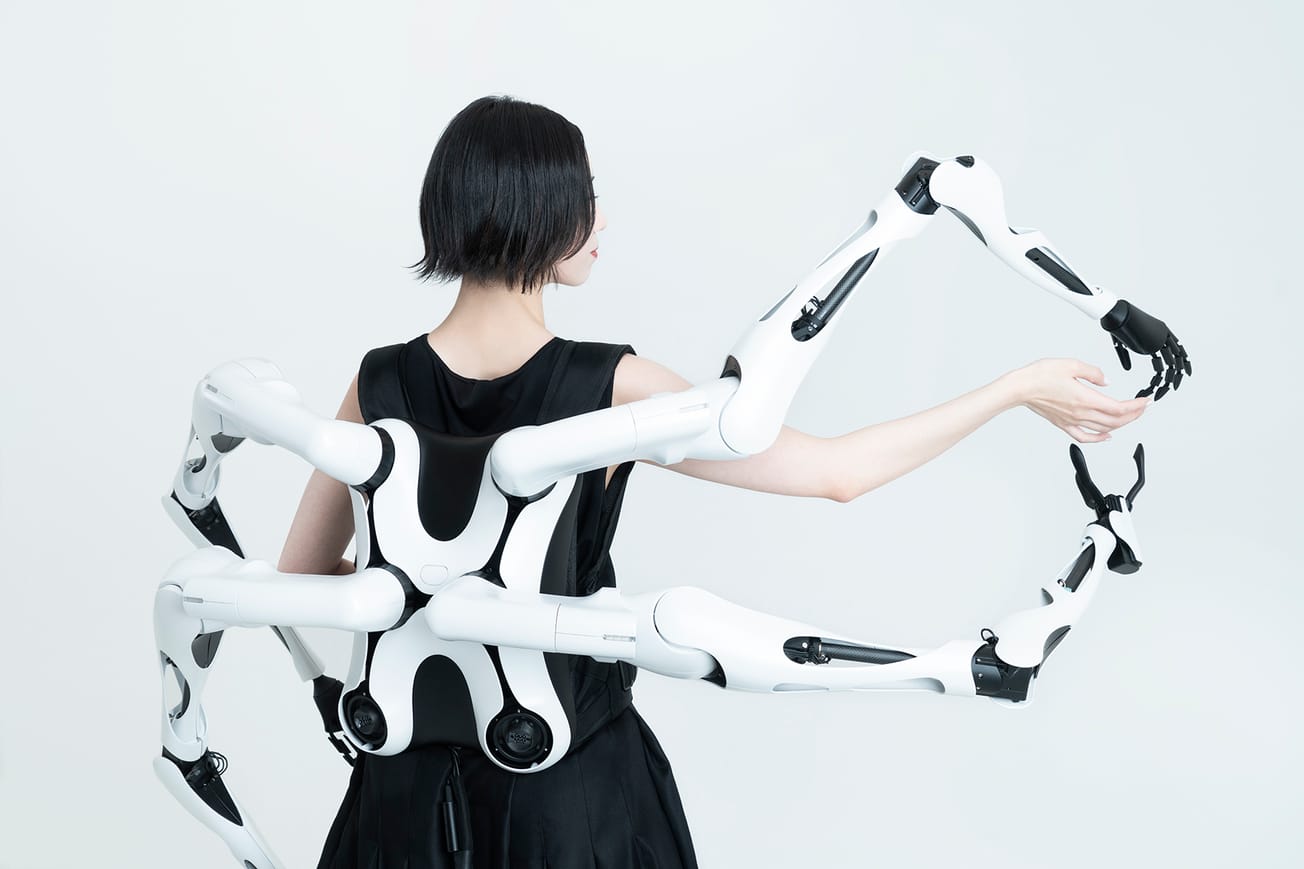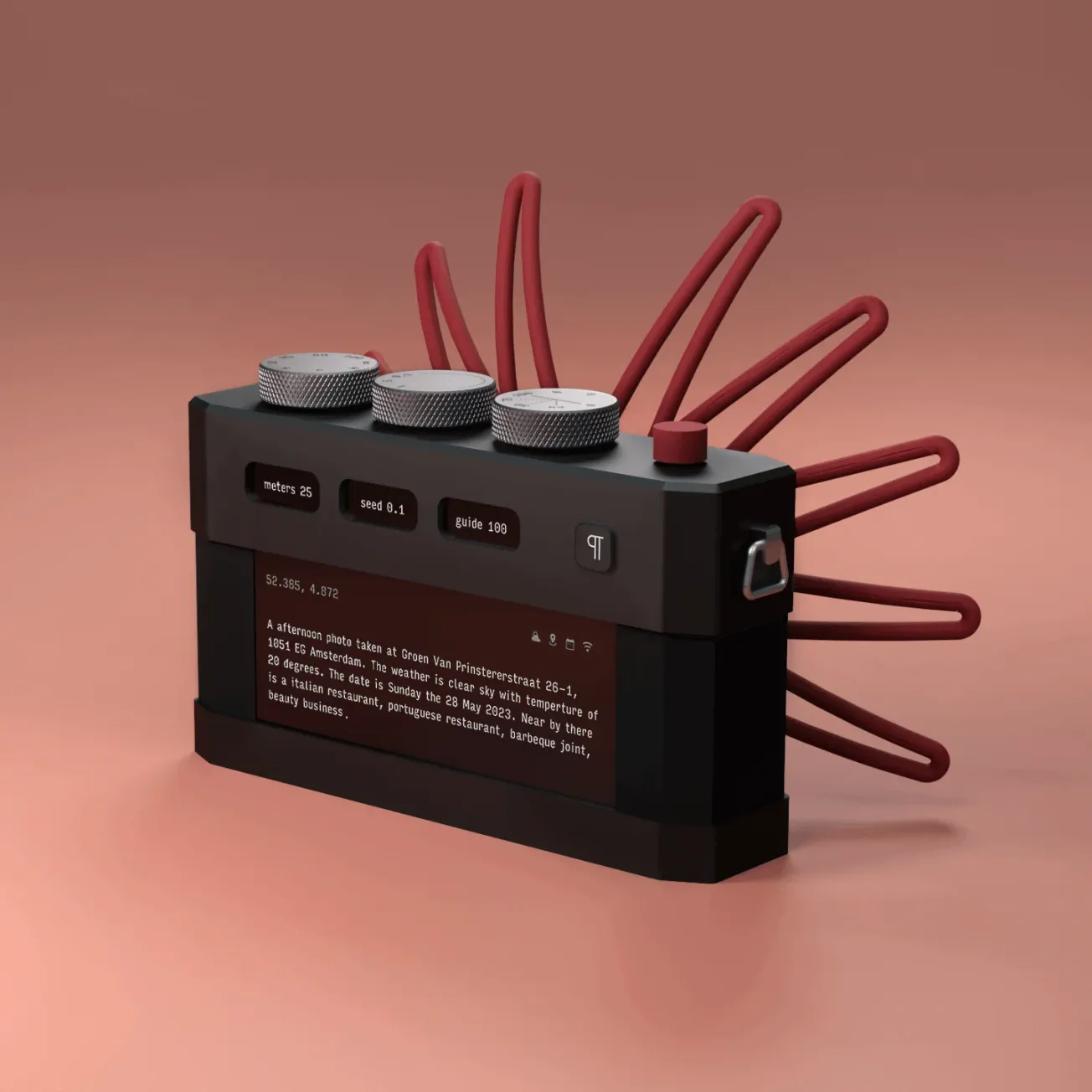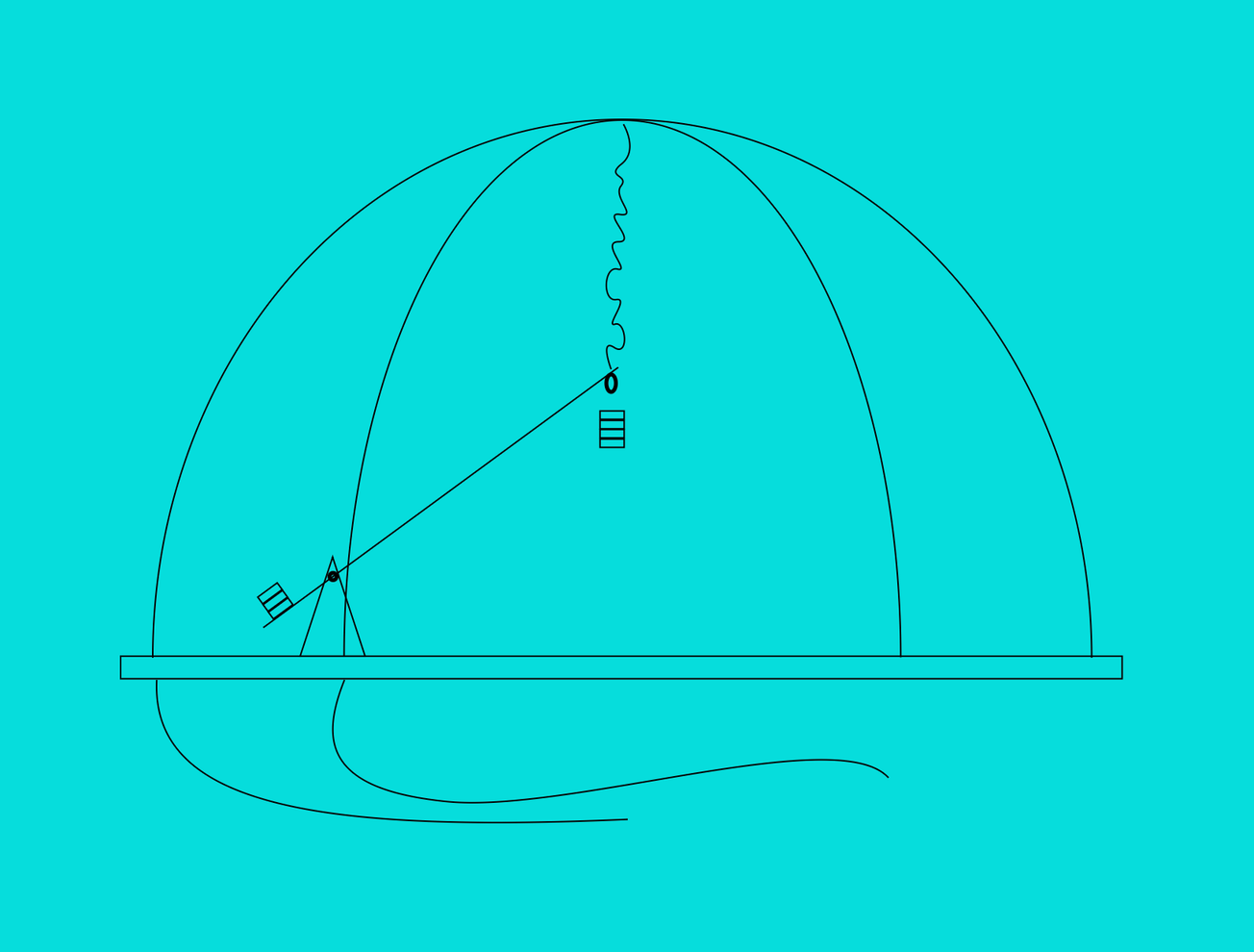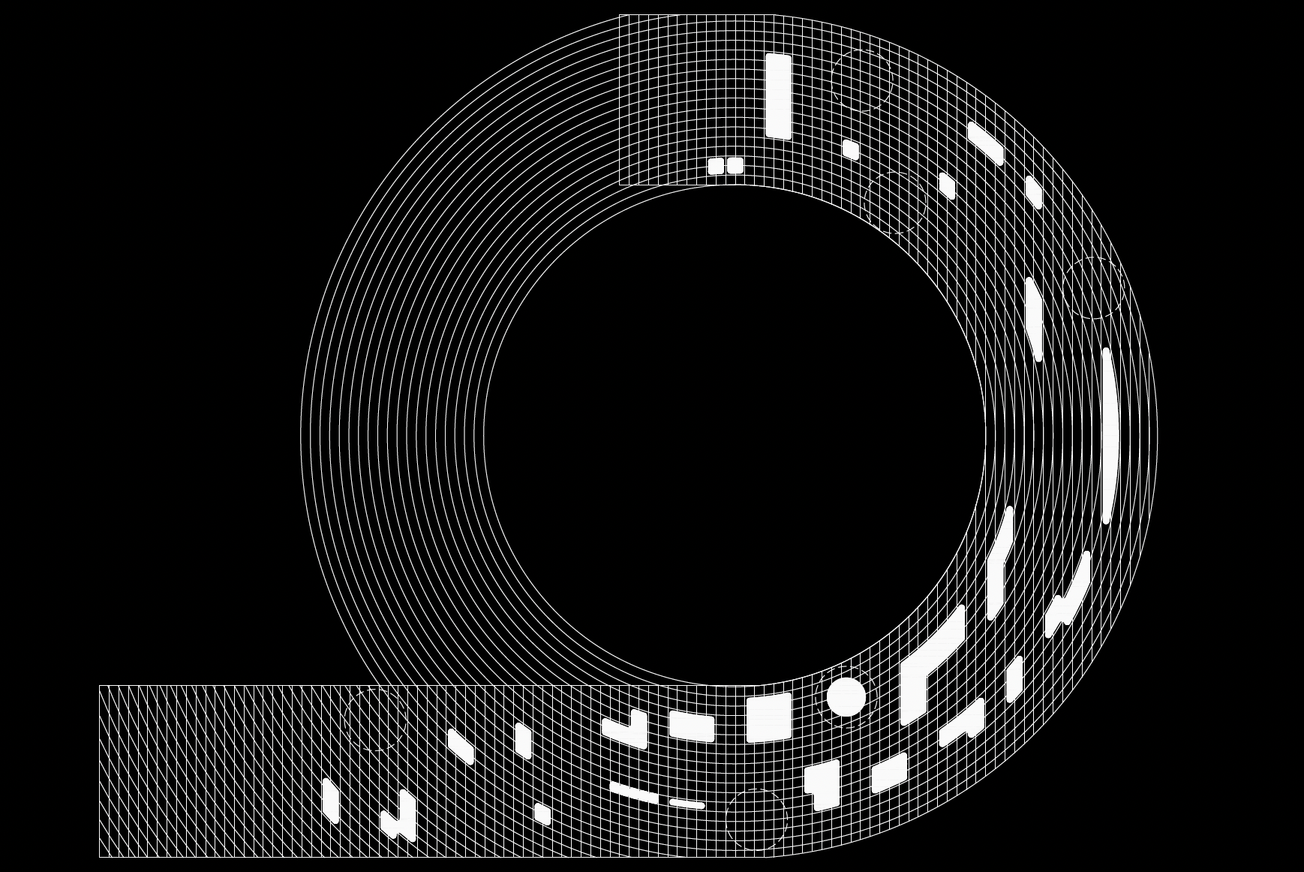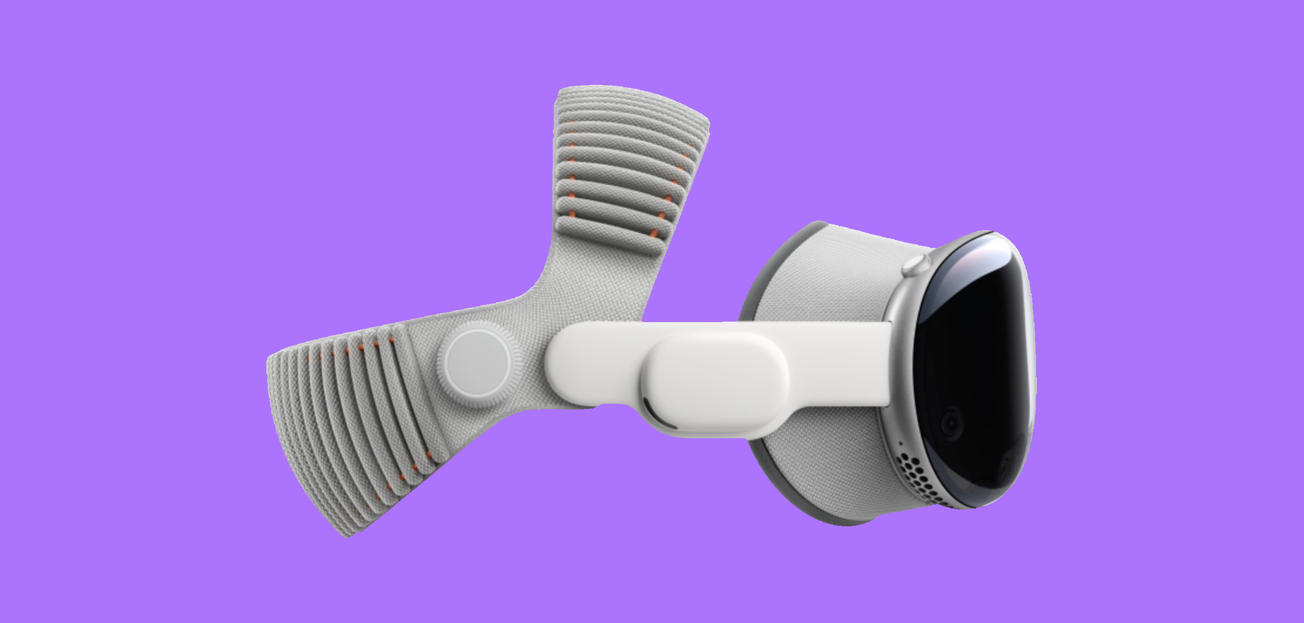Melbourne’s National Communication Museum (NCM) is reframing what it means to befriend a machine. Opening November 1, 2025, FRIEND gathers pioneering robotics, interactive installations, and contemporary artworks that probe the emotional, ethical, and aesthetic dimensions of human–machine companionship.
Rethinking Companionship in the Age of Robotics
The exhibition marks the first Australian appearance of WABOT-2, the legendary humanoid robot developed at Waseda University in the 1980s, known for reading musical scores and performing on an electronic organ. Its presence situates FRIEND within a lineage of human–robot interaction that predates today’s AI revolution. “We are delighted to exhibit WABOT-2 in Australia and explore future collaborations with NCM,” said Professor Tetsuya Ogata, Director at Waseda University.
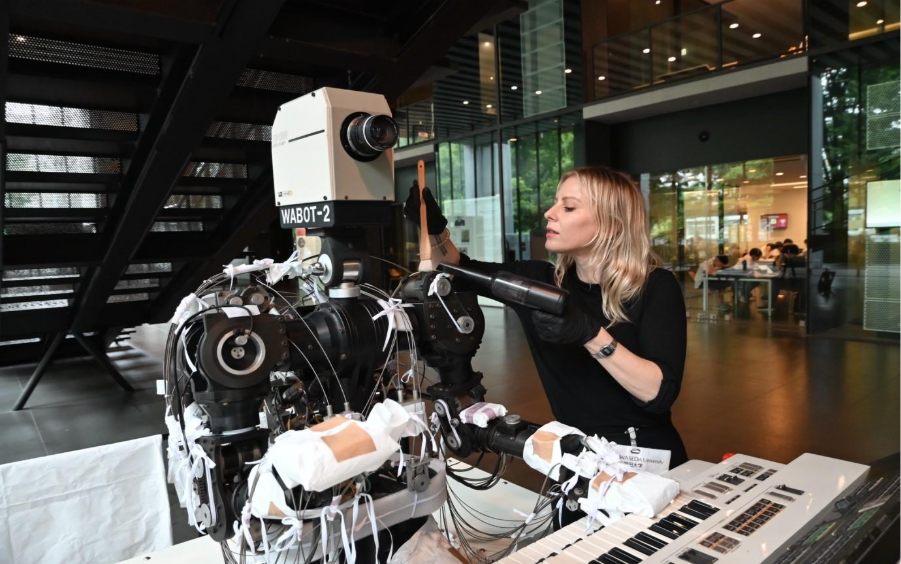
Beside this historic artefact stands a new generation of robots that challenge conventional ideas of perfection and functionality. From the Interaction and Communication Design (ICD) Lab in Japan come Weak Robots—deliberately fragile, emotionally open machines that short-circuit the industrial myth of robotic precision. As ICD Lab’s Dr. Michio Okada notes, these creations “invite audiences to rethink what robots can be, creating relationships that are more human, not less.”
When Technology Becomes Tender
The emotional tone of FRIEND is neither utopian nor dystopian—it’s intimate. “Changes in AI, robotics, and genetics are shaping how people live with and relate to machines in unprecedented ways,” explains Jemimah Widdicombe, NCM’s Senior Curator. “FRIEND brings together artists, industry, and researchers to explore companionship, creativity, and collaboration.”
Opening weekend programming expands the exhibition into a live experiment. International guests will join NCM for talks, demonstrations, and interactive sessions—among them a “FRIEND dating” event pairing visitors with machines, and a rare live demonstration of JIZAI ARMS, the wearable robotics system from the University of Tokyo’s JIZAI Body Project. Developed by Professors Masahiko Inami and Shunji Yamanaka, the project explores the augmentation of human capability and identity through networked prosthetics. One visitor will even have the chance to test the robotic arms in real time. The event underscores how human–machine relationships are moving beyond productivity or novelty, toward affective and performative exchange. As Dr. Belinda Dunstan, one of the opening weekend speakers, notes, “The museum provides a playful, thought-provoking space for exploring human–machine connections. I can’t wait to see how visitors engage with the work.”
The Museum as Experimental Interface
NCM’s in-house Studio division contributes several original works to FRIEND, positioning the museum itself as a living research lab. The Furby Choir—an installation of modified Furbies that respond to visitors who ask, “What is a friend?”—blends nostalgia with natural language processing to explore social AI in its most approachable form. Another piece revives ELIZA, the 1960s text-based chatbot that pioneered computational empathy, now reimagined on vintage hardware and an emulated mainframe. By reintroducing early AI systems alongside contemporary robotics, FRIEND reveals continuity between decades of experimentation in human–machine dialogue. These installations emphasize communication as both technological and emotional infrastructure—an evolving conversation between code and care.
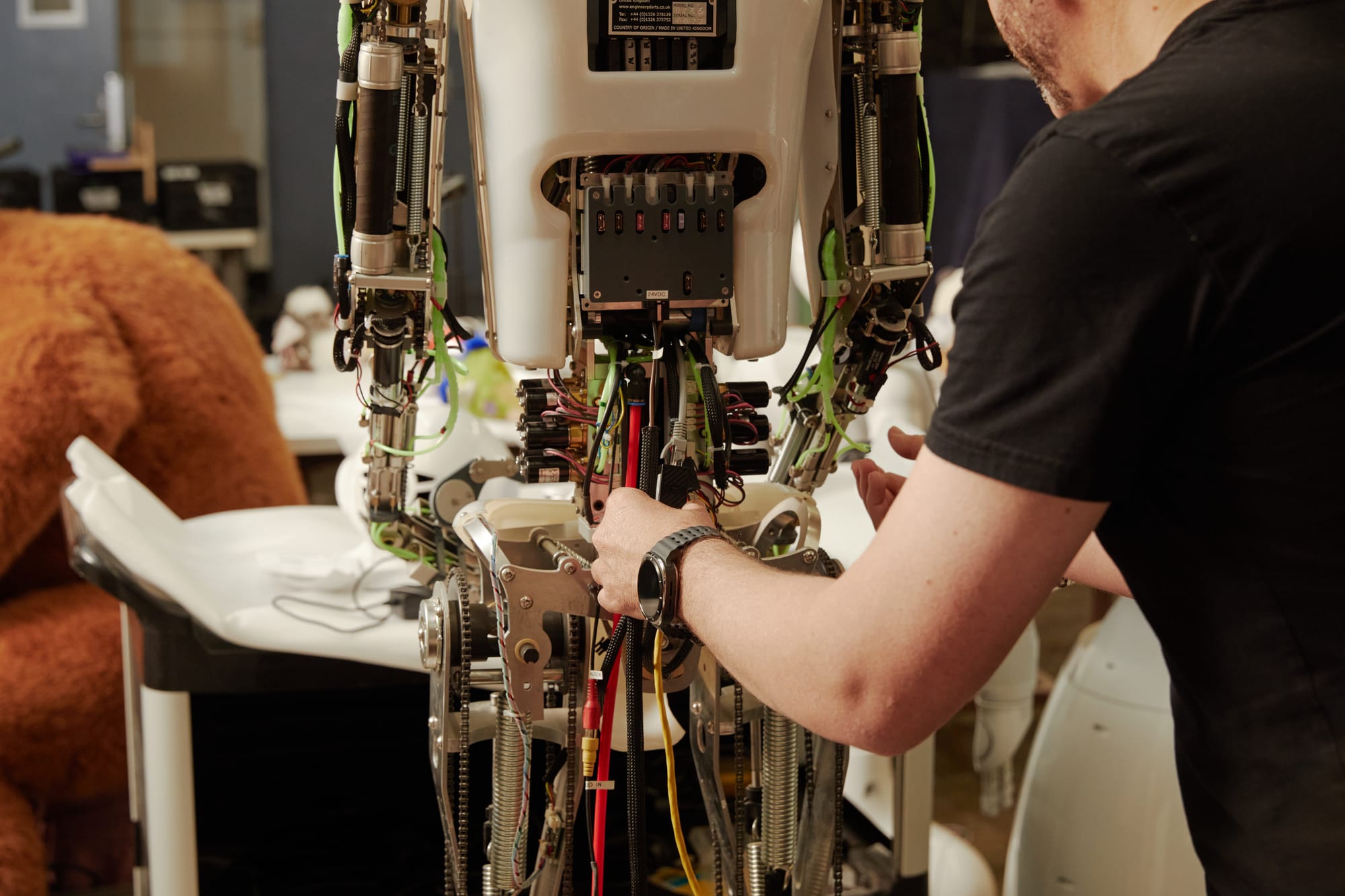
Beyond the NCM Studio works, the exhibition introduces a range of companion robots and interactive installations that blur boundaries between animate and artificial. Yukai Engineering’s Qoobo and Petit Qoobo—catlike therapy robots with responsive tails—and Amagami Ham Ham, designed by Shunsuke Aoki (one of teamLab’s original founders), evoke comfort, humor, and a strange form of affection. Elsewhere, Pepper and Cruzr, familiar figures in social robotics, meet visitors face-to-face, while Brandon Tay’s DOOMSCROLL DREAMMACHINE and EJ Son’s 재주없는곰: Trickless Bear bring the digital unconscious into tactile, sculptural form. The exhibition also features Protective Seal by Elena Knox, shown in Australia for the first time—an artwork examining how robotic interfaces mediate intimacy, gender, and trust. Each piece contributes to a broader dialogue about how technology learns not just to see and speak, but to care.
Designing Futures of Empathy
For Dr. Emily Siddons, NCM’s Artistic Director and Co-CEO, FRIEND embodies the museum’s broader mission. “At NCM, we explore the evolving relationship between humanity and technology,” she says. “FRIEND surveys how rapidly human–robotic interaction is transforming, inviting visitors to consider their own relationships with machines in new and meaningful ways.”
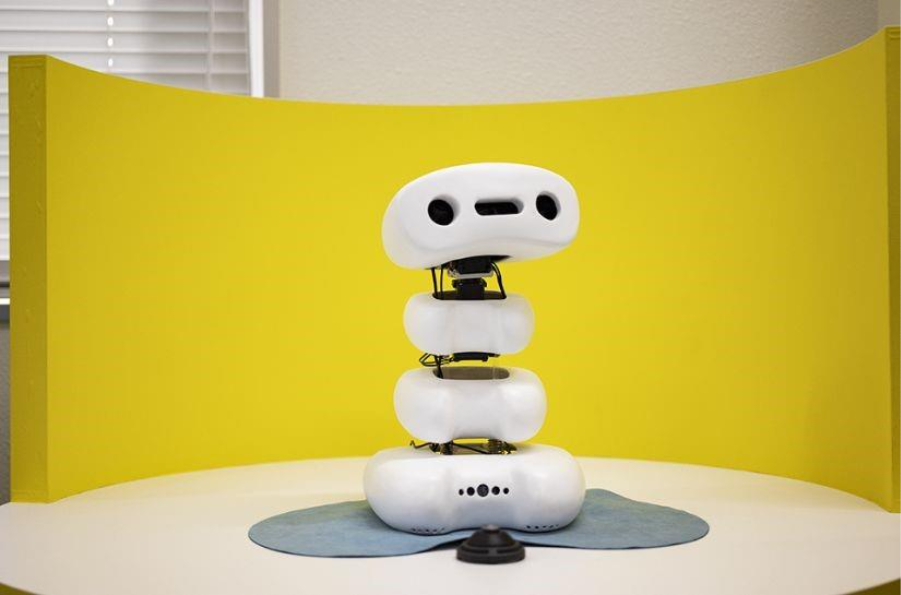
This framing positions NCM among a new generation of cultural institutions—like Tokyo’s Miraikan or London’s Science Gallery—operating as hybrid spaces for research, art, and public inquiry. The exhibition avoids spectacle, favoring curiosity: robots as collaborators, not commodities.
Running through April 26, 2026, FRIEND represents a pivotal moment in Australia’s engagement with robotics culture. It arrives as social AI and assistive technologies become embedded in healthcare, education, and creative industries, raising questions about agency, empathy, and design ethics.
For audiences, the exhibition offers more than a glimpse into the future of robotics—it asks what kind of relationships we want to build with the systems that increasingly accompany our lives.

